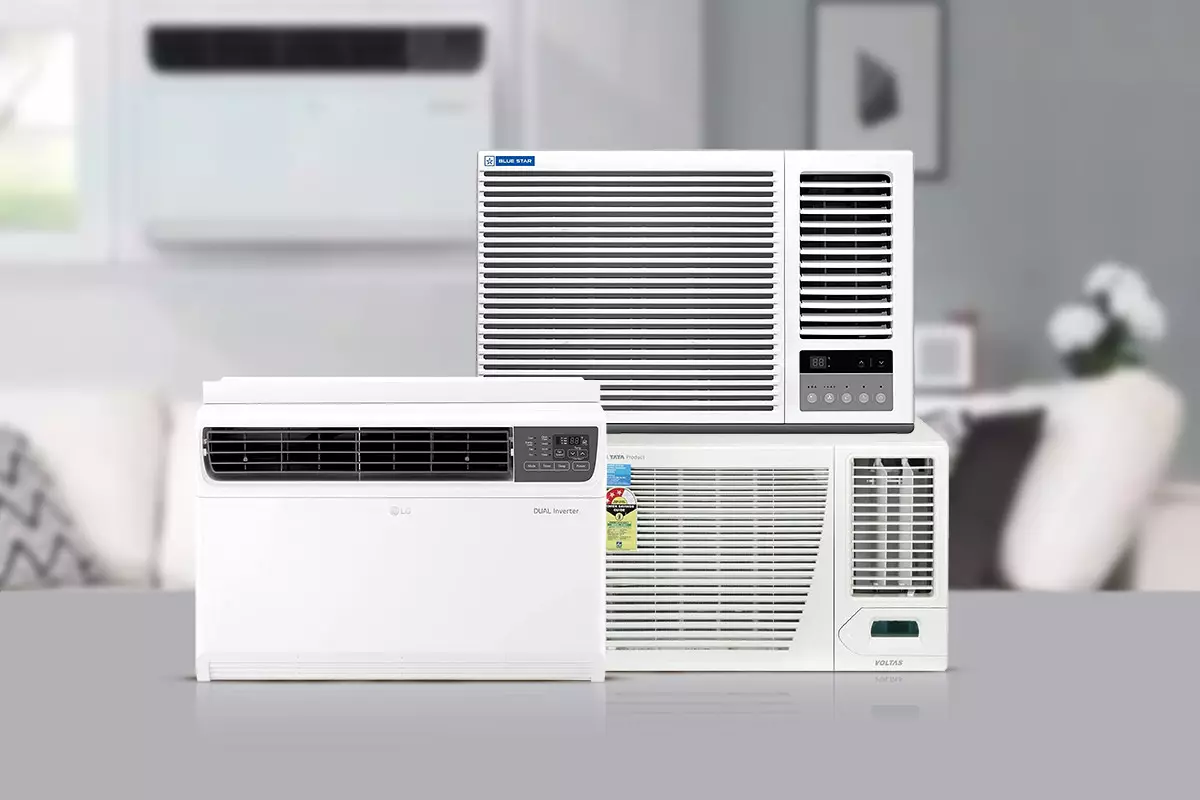As India endures increasingly brutal heatwaves, the mounting reliance on air conditioning reveals a troubling paradox: the pursuit of affordable cooling solutions often masks deeper issues of sustainability, durability, and genuine efficacy. Consumer desperation for relief pushes many toward budget-friendly window ACs, yet a critical examination exposes that these units, marketed as economical choices, frequently fall short of delivering consistent comfort or long-term value. There’s a widespread, almost naive belief that lower prices automatically equate to adequate performance, but this simplistic correlation fails to hold water amid the complex realities of climatic extremes and energy demands.
The core problem is that these “affordable” ACs are often designed without a true understanding of their environmental and operational impacts. With varied brands like Voltas, Godrej, Lloyd, Carrier, and Haier competing fiercely in the under Rs 30,000 segment, manufacturers appear to capitalize on consumer fears rather than genuine innovation. The emphasis on features like Turbo Mode, self-diagnosis, or anti-corrosion coatings masks a more pervasive issue: the feasibility of relying on such units for sustained cooling amidst rising temperatures and climate unpredictability. Budget ACs might seem enticing upfront, but their flimsy build, questionable longevity, and high energy consumption threaten to transform comfort into an expensive illusion.
The Illusion of Durability and Hidden Costs
While advertisements tout Copper coils with anti-rust or anti-corrosion coatings, the reality often involves units that are fragile and prone to breakdowns within a few years. Many “budget” ACs claim to have advanced filters or anti-corrosion features, but the truth is that these are often superficial enhancements—part of a marketing strategy to woo cost-conscious consumers. The use of non-inverter compressors, common in lower-priced models, not only leads to fluctuating power bills but also increases wear and tear, rendering the units less reliable over time.
Furthermore, the promise of “auto-restart” or “self-diagnosis” features might sound appealing, but experience shows that these functionalities can become unreliable with substandard component quality. Consequently, consumers may find themselves repeatedly paying for repairs, or worse, replacing units altogether. The initial savings of buying cheaper ACs quickly evaporate when factoring in ongoing maintenance costs, energy bills, and the frustrations of frequent breakdowns — costs that many are ill-prepared for, yet are inevitable with inferior builds.
The Greenwash of Energy Ratings and Eco-Friendly Claims
Energy efficiency labels like the 3-star BEE ratings often serve as superficial indicators rather than guarantees of true eco-friendliness. For budget units, these ratings are frequently awarded based on limited testing parameters that don’t account for real-world usage or extreme weather conditions. The assumption that these ACs are “cost-effective” and “green” is, therefore, dangerously misleading.
Moreover, the environmental costs of running inefficient ACs—especially in a country with already strained power grids—are profound. The proliferation of low-cost units increases overall energy consumption, contributes to higher greenhouse emissions, and exacerbates the climate crisis India faces today. It’s a vicious cycle where reducing upfront spending results in increased long-term environmental and financial costs, a trade-off that many consumers are ill-equipped to understand or resist.
The Role of Responsible Consumption and Policy
A true shift away from this cycle requires a more nuanced and responsible approach, both from consumers and policymakers. As citizens, we should question whether compromises on quality are truly worth the short-term savings. Investing slightly more in robust, energy-efficient units might seem inconvenient now, but it aligns better with the goal of sustainable living and long-term affordability. Meanwhile, policymakers need to enforce stricter standards, regulate false eco-friendly claims, and promote incentives for energy-efficient appliances.
There’s an urgent need to redefine what “affordable” truly means in the context of climate resilience and public health. Budget ACs, often touted as accessible options, could become catalysts for greater inequality—those who cannot afford better units will bear the brunt of rising energy costs, frequent repairs, and diminished comfort. Society must question whether the current market paradigm serves our collective future or merely offers a temporary, superficial band-aid for a deeper crisis.
In embracing a center-left liberal outlook, it is vital to advocate for policies that prioritize sustainable manufacturing, transparent labeling, and consumer rights. Only then can we ensure that the solutions we choose genuinely serve our communities, our environment, and the economic realities that millions face today. The pursuit of cooling comfort should never come at the expense of ecological integrity or social equity.


Leave a Reply